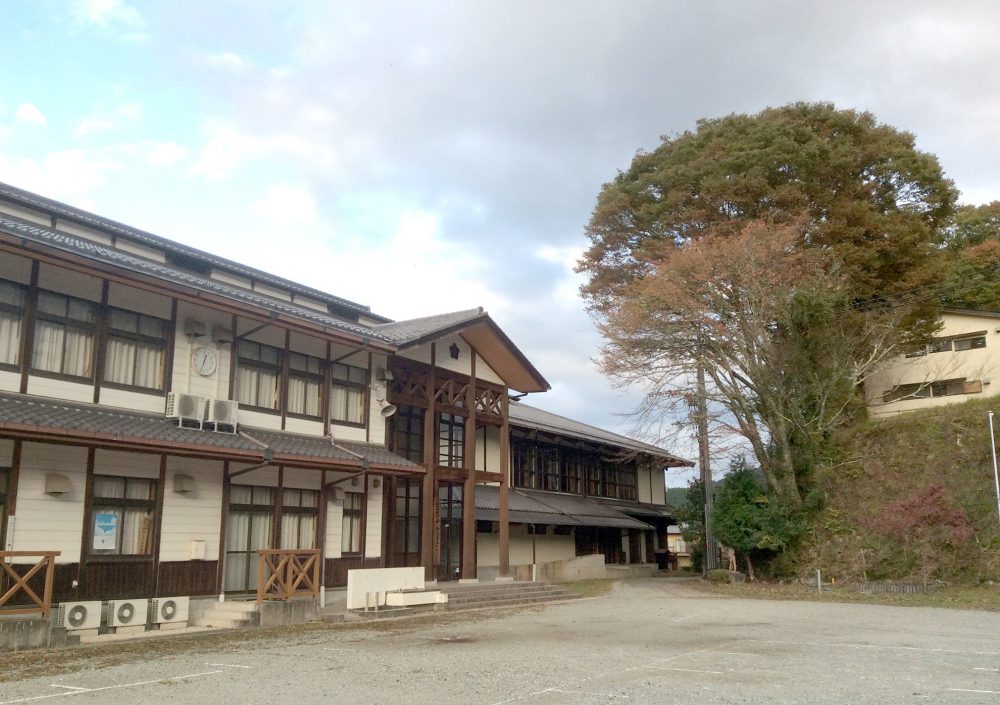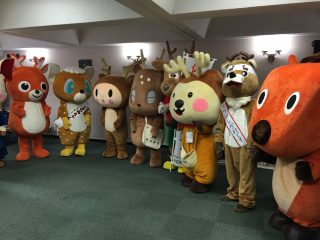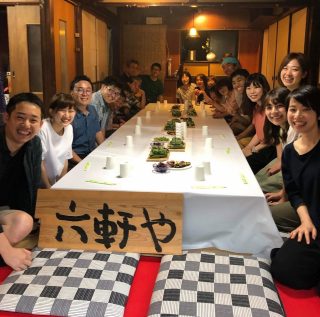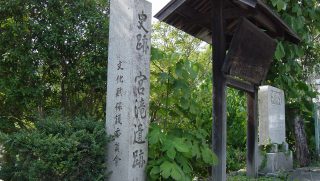When I close my eyes and recall my childhood, the first thing that comes to mind is the now closed Yoshinoyama Elementary School (currently known as the Yoshinoyama Furusato Center.) I’m writing to invite you on a nostalgic time trip into my past as a kid enrolled at this now abandoned place of learning.
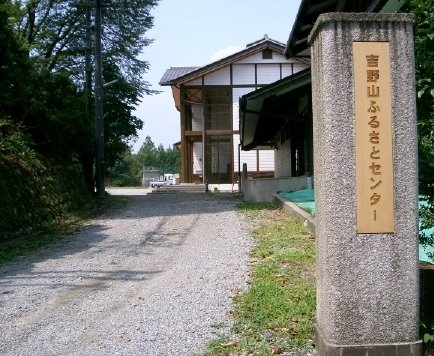
Following a narrow side street behind Kinpusen-ji Temple’s Zao-do Hall, there is a small school building. It is constructed entirely of wood, conveying a feeling of warmth throughout the facility – the corridors, desks, and chairs.
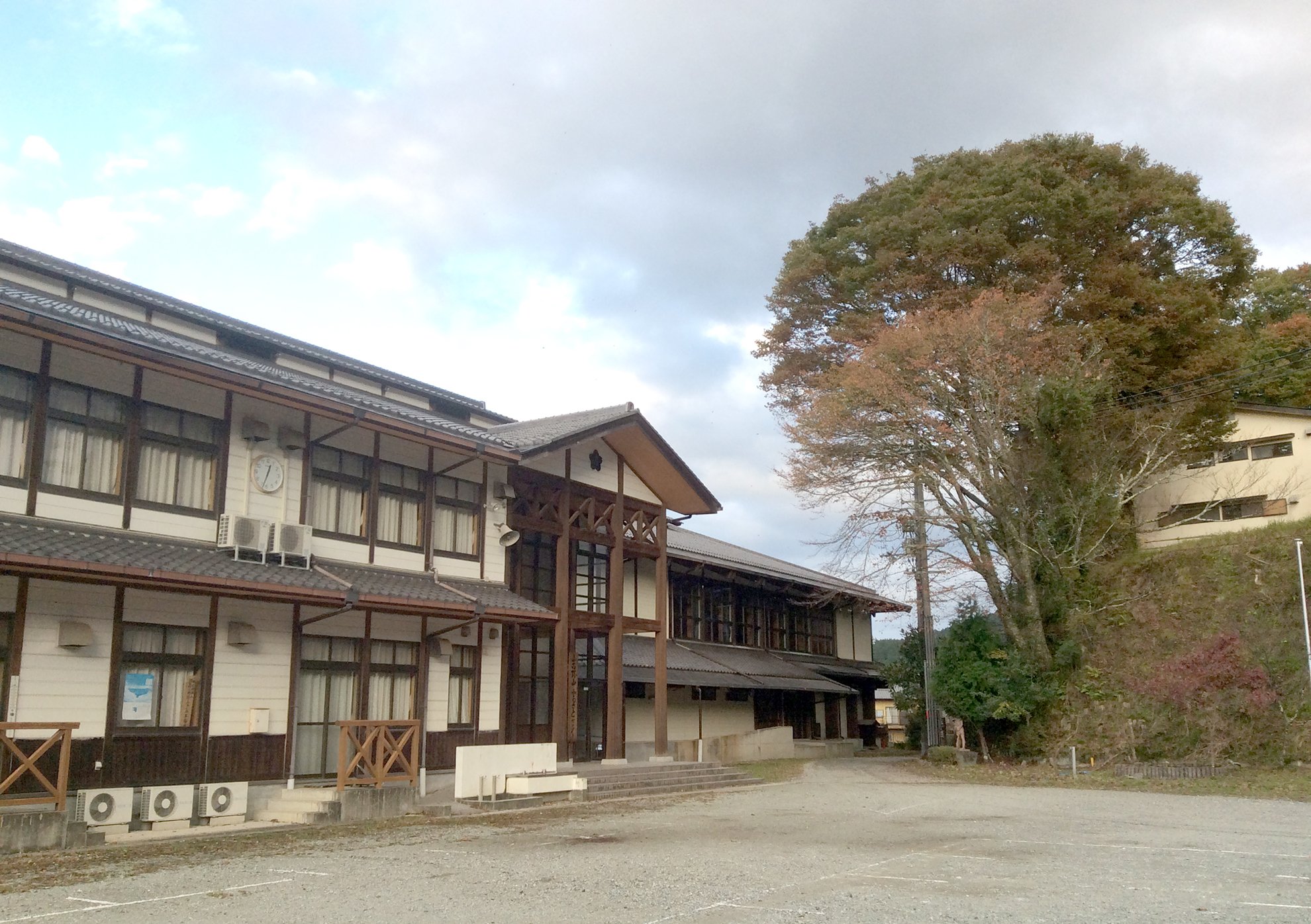
The school building is two-stories in height with many cherry trees surrounding the outdoor playground, which is a scene that seemed to represent Yoshinoyama. At that time, it was so ordinary for me that I didn’t really give it much thought.
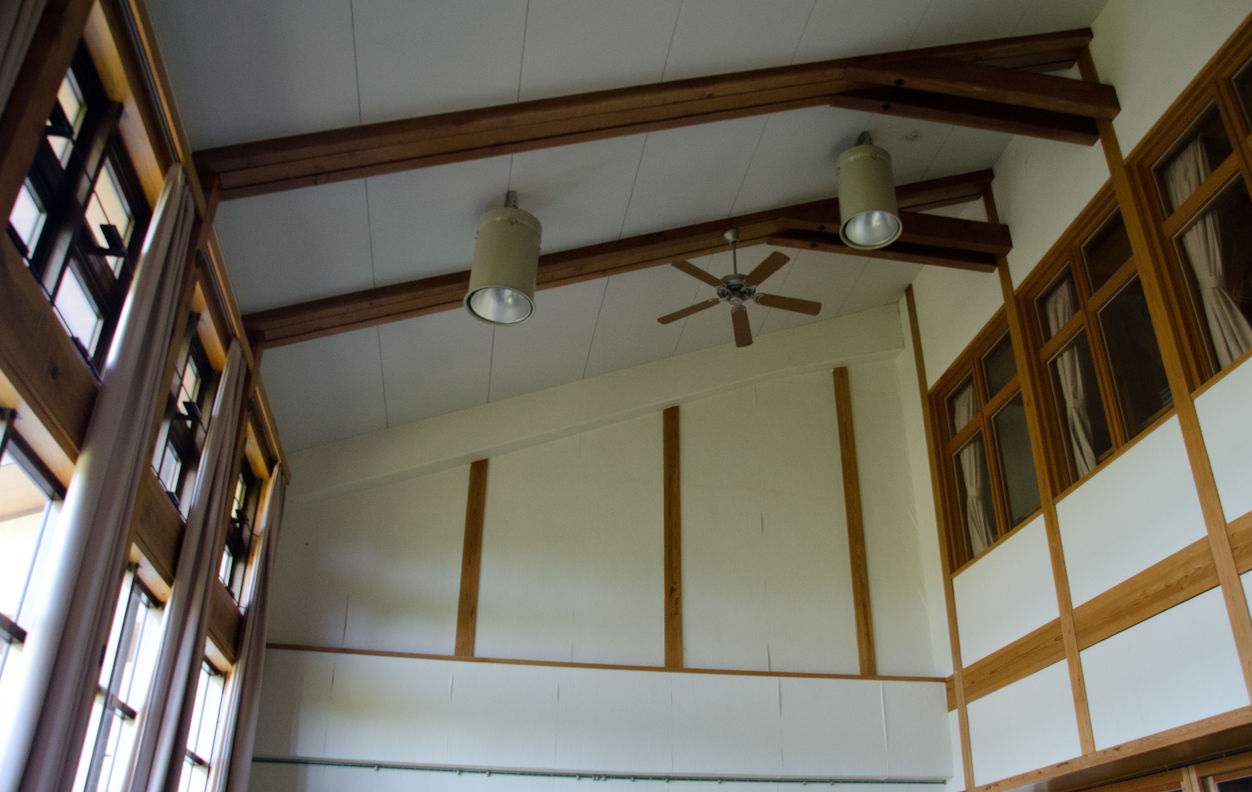
The common act of wiping down the corridor during cleaning time is one nostalgic memory of my time at the school. As the corridors and classroom floors were made of wood, I wouldn’t get seriously injured when I fell down (generally, I think that the interiors of school buildings are designed to be safe for children to fall down in, even though they are constructed of reinforced concrete…)
It seemed that the wooden structure of Yoshinoyama Elementary School remained unchanged from my parents’ generation. Now that I think about it, I should have taken the time to look for any possible graffiti markings made by my parents somewhere on the school grounds.
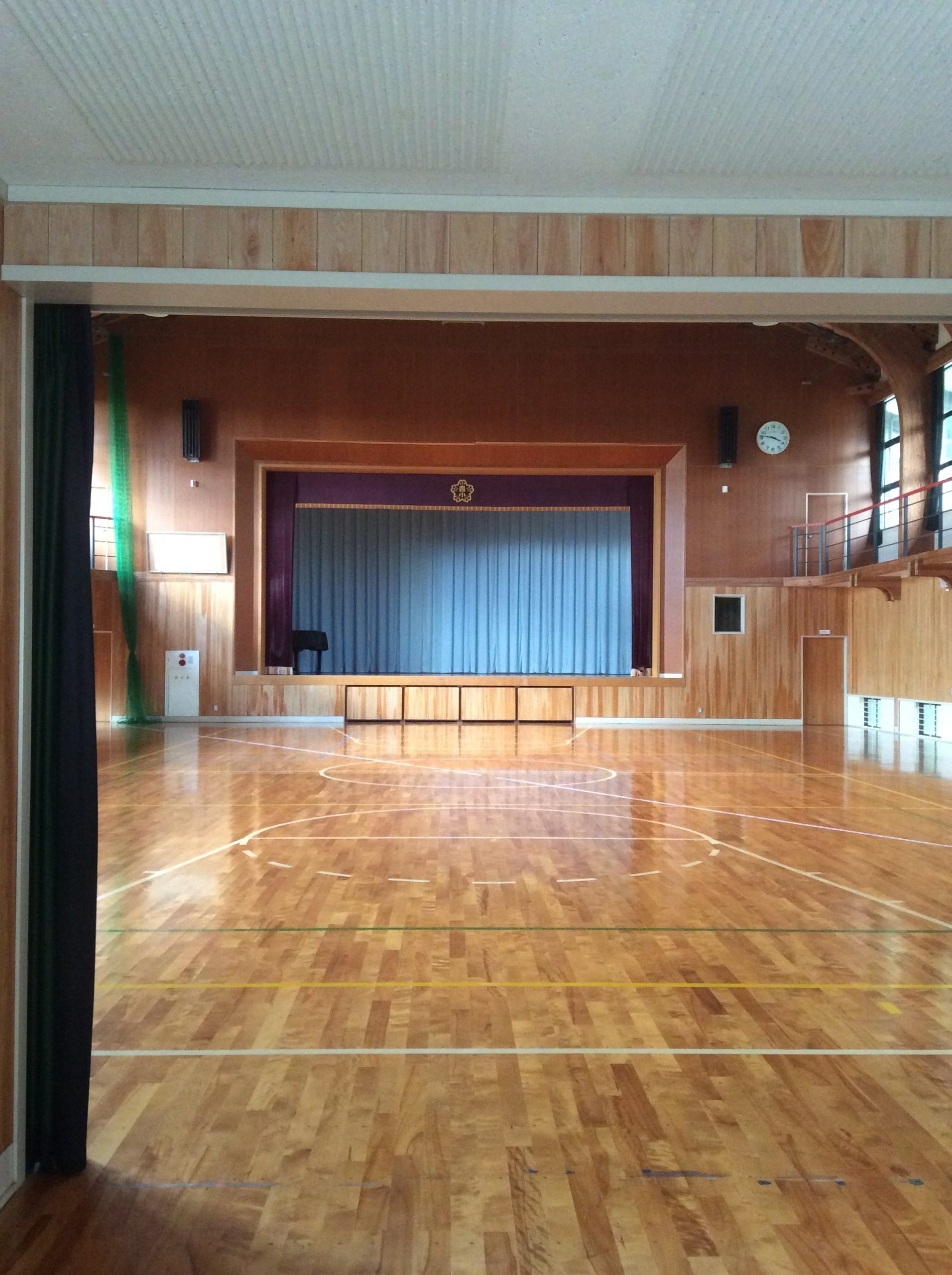
Back to the topic at hand, I remember that the older students would make cherry-colored mouthwashes that we would gargle (along with washing our hands), before we entered the school building everyday. The cherry-colored mouthwash looked so beautiful to me as a child so I very much enjoyed using it every day.
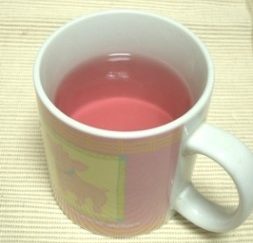
I think most children don’t like to use mouthwash, but because of the impressive pink color, it felt fun at the time. I didn’t know why it was such a color, but perhaps it was created in the image of the cherry blossoms of Yoshinoyama.
Once again, I want to digress into another episode of my childhood…
When I was a first grader, I cried everyday when I had to go to school and return home because it was hard for me to carry such a heavy school bag on my back. I was helped by the 5th or 6th graders who would wait until I stopped crying. In terrible situations, my parents would even come to pick me up.
In the Kansai dialect, such a child is called a “akan-tare.” I had (and continue to have to this day), nothing but great appreciation for the senior students who took care of “akan-tare” and assisted me in going to school every day.
Such was the era of my childhood.
At that time, Yoshinoyama Elementary School had no uniform policy so students went to school in their plain clothes. I think the happiness I felt in being able to wear my own clothes contributed to my growth and allowed me to spend my time in a carefree manner.
When I arrived at school, I gargled cherry-colored mouthwash, entered the classroom, and I could see the usual faces of my friends. Since it was a small elementary school, there were only about 12 students in one grade. So as soon as I entered the classroom, I was able to check the smiles and laughter of all of my friends.
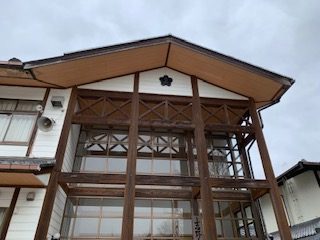
Classes were probably conducted in a manner comparable to any other school, but when I think back, I am grateful that the teacher could pay attention to all of the students. My classmates had various personalities such as a child who turned around and talked to a friend in the back seat, a child who carefully wrote notes in a quiet manner, and so on.
One big event that students were always waiting for was lunch! The older women made it every day in the school lunchroom. They cooked up a big hot pot like you would a home cooked meal. I didn’t cry during lunch and I remembered that my teacher and friends encouraged me as I was a slow-eater.
“Go! Go! You can eat it all!”
It seems that my friend, who I interviewed for writing this article, still remembers that I was an “akan-tare.” She nostalgically said, “You were always late to eat!” and smiled.
Even though we needed to quickly clean up after lunch, I often just continued eating. One of my favorite meals that I enjoyed slowly was fried bread sprinkled with granulated sugar.
The fried bread sprinkled with sugar instead of soybean flour was a popular menu item. It was the only bread I ate without leaving any leftovers.

The fried bread sprinkled with granulated sugar

The fried bread sprinkled with soybean flour
After transferring to a different school, I was shocked to find out that soybean flour was sprinkled on their fried bread. I really didn’t like the bread with soybean flour; it was not fried bread to me unless it had granulated sugar on it.
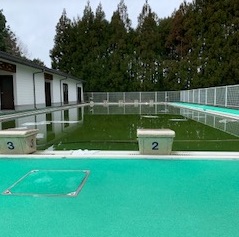
In the summer, I did my best to swim in the school pool but it was at a level which couldn’t really be said to be “swimming.” I remember that some of my friends were active swimmers and some others were afraid of water, but we all had fun.
In autumn, annual events were held by Yoshinoyama Elementary School and Yoshinoyama Kindergarten. When the cherry trees dropped cherries, both kindergarten and elementary school students went out to collect them. As if collecting treasure, children desperately picked cherries up, proudly handed them over to the teachers, received praise, and then went out to collect more.
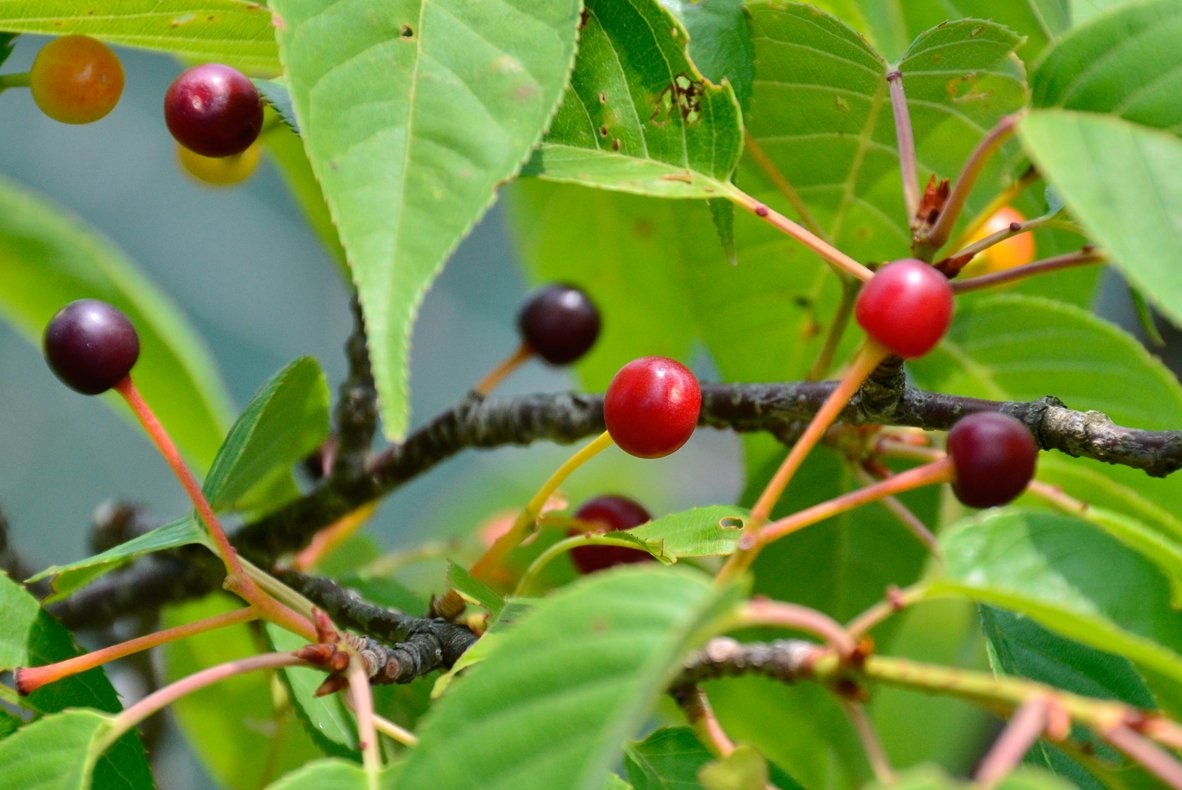
Even now, there are cherry trees growing from the seeds we collected. When I see them growing around Yoshinoyama, I can’t help but wonder if they are from the seeds I gathered as a child. Indeed, it must be said that Yoshinoyama Elementary School was not just remarkable for having a unique wooden construction, but also for its special school culture.
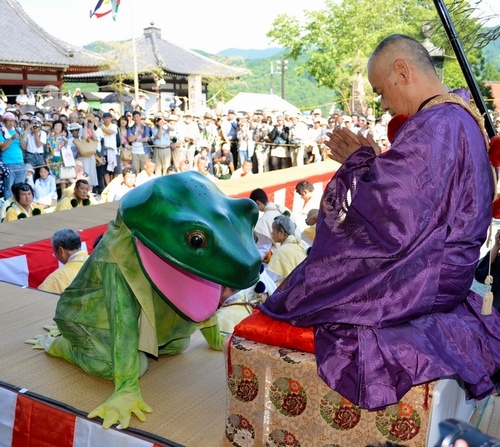
Since there were many seasonal events held in Mt. Yoshino, the school would sometimes be shut down for half a day so that students could participate. One example was Mt. Yoshino’s famous Kaeru-tobi Festival. On the school’s Sports Day, members of the fire brigade wore costumes and took part in a relay race. Adults from Mt. Yoshino participated and invigorated the school events.
It is deeply touching to be reminded that the adults in the town were always watching over the students, like the warmth of the old wooden school building.
The annual Mt. Yoshino and elementary school events were scheduled in parallel as part of the culture of the town.
The wooden school building was refurbished after I moved to another school, and is now known as the “Yoshinoyama Furusato Center.”
And that was my nostalgic tale of my time at Yoshinoyama Elementary School.

